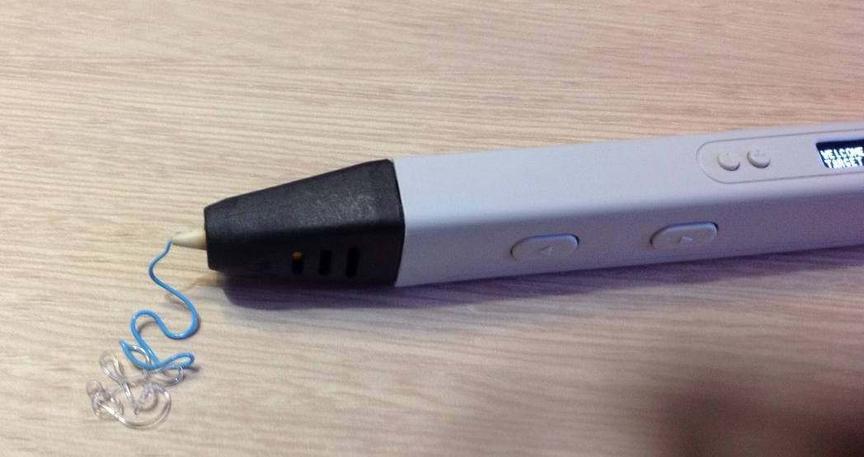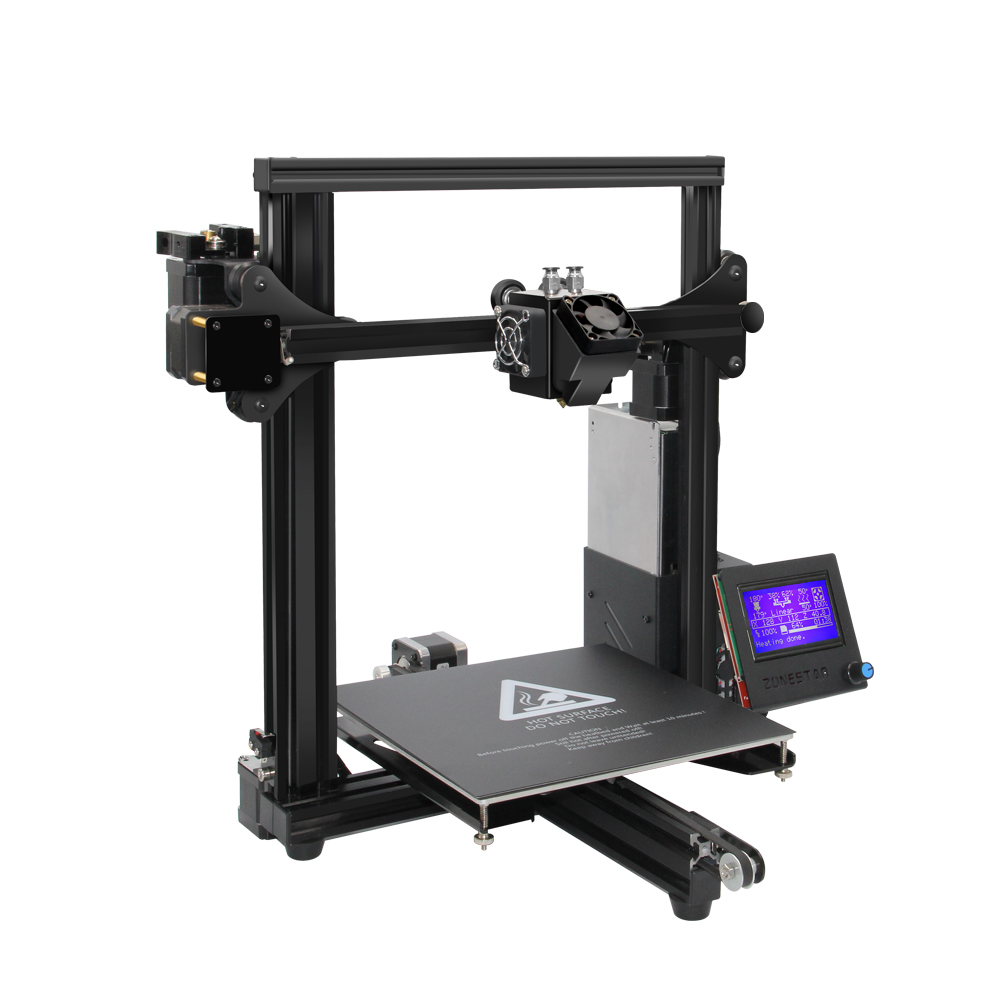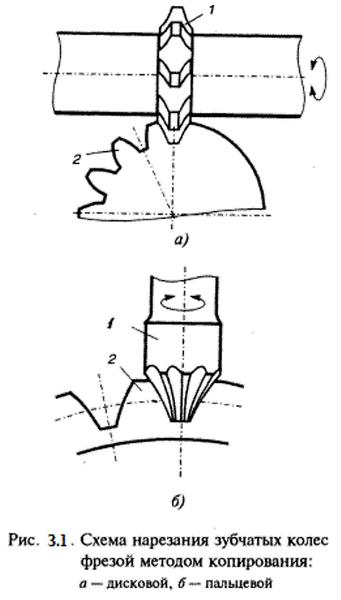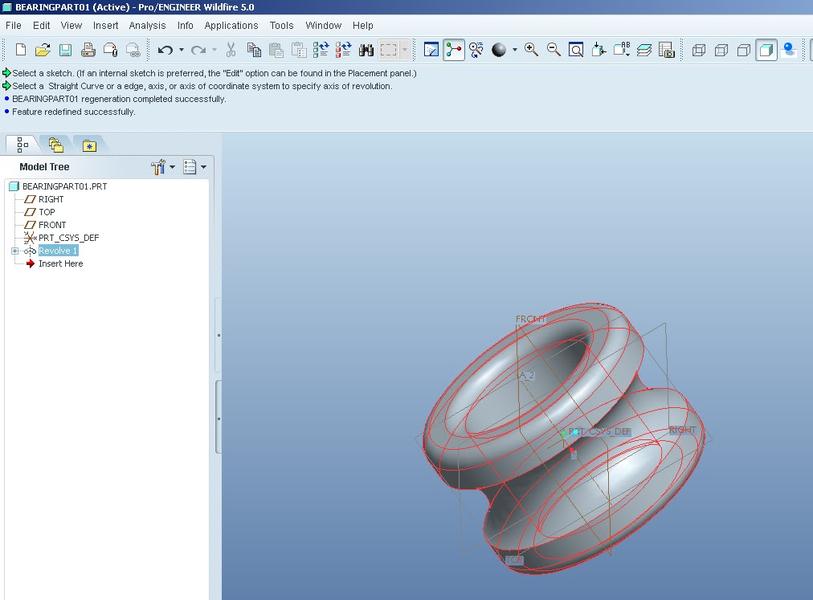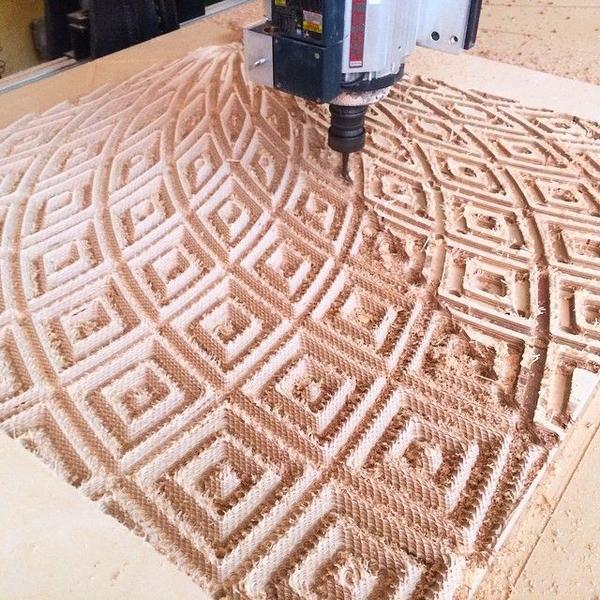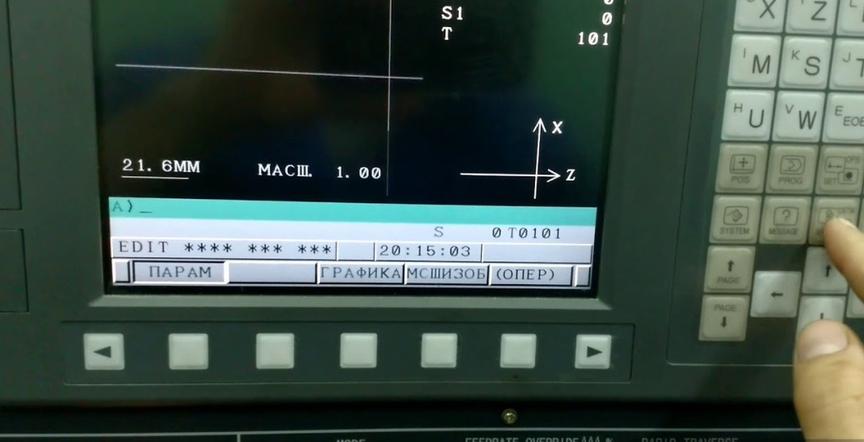In a 3D pen, plastic is stuck: how to remove it, clean the nozzle, and prevent the situation from happening again?
The creative tools industry has opened up a new direction - three-dimensional drawing with melted polymer. Along with pencils and markers, 3D pens have been added - compact devices that expand the hobby and creativity sphere for both children and adults. Now, you can draw not only on a flat surface but also in 3D.
- 3D pen: design, principle of operation, description of three popular models
- Reasons why the 3D pen is not feeding plastic
- 3D pen not loading plastic through the reducer: step-by-step instructions on how to fix the problem
- Prevention: what to do to prevent the problem from recurring?
3D pen: design, principle of operation, description of three popular models
The device for creating three-dimensional objects from plastic looks like an ordinary pen. Instead of ink, it is "filled" with plastic filament and uses it for drawing. The design of a 3D pen is ingeniously simple:
- Through gears rotated by a miniature motor, the polymer wire is pulled;
- In the extruder, which reaches a temperature of 190-230 °C, the plastic softens and comes out through a thin nozzle;
- The control board controls the heating of the nozzle and the speed of filament extrusion;
- To regulate the speed and temperature, there are buttons on the device's body;
- The necessary information is displayed on the OLED display.
By joining layer by layer of softened plastic filament, various figures are obtained, from flat pictures created based on children's coloring books, to intricate constructions - fantastic plants and animals, household items, and abstract objects. The infinite color palette of the filaments opens up wide possibilities for creativity.
Interesting! There is even luminous wire available. Luminescent paint is added to the polymer, and the crafts emit a gentle light in the dark.
Funtastique ONE: 3D pen with OLED display
The first-generation 3D pen, branded Funtastique, is designed for adults and young school-age children. It is suitable for drawing with PLA, ABS, and other plastics with a melting temperature within the range allowed for the 3D pen, with a diameter of 1.75 mm.
Pros:
- The case made of heat-resistant material does not heat up;
- soft-touch coating prevents slipping in the hand;
- The informative OLED screen shows operating modes.
Cons:
- High speed at insufficient temperature quickly leads to clogging of the nozzle with plastic.
Funtastique NEO: the thinnest and lightest 3D pen
Receiving the prefix NEO, which means "new," the 3D pen from the well-known manufacturer Funtastique, acquired a new stylish design and a super-lightweight body. Suitable for use with plastics with a melting temperature of 135-225 °C, a diameter of 1.75 mm: PLA, ABS, SBS, Nylon, Prototyper, and others.
Pros:
- Fast heating and automatic transition to standby mode when not in use;
- super-thin aluminum body;
- weight only 45 g;
- works from a PC USB port;
- OLED display.
Cons:
- It's not very convenient to adjust the plastic feed rate;
- low power of the filament extrusion motor.
Low-temperature 3D pen XYZ da Vinci 3D Pen
The da Vinci 3D Pen Cool for 3D drawing is positioned by the manufacturer as a safe device for children. This is due to the low-temperature printing mode (70-80 °C) using non-toxic PCL plastic.
Pros:
- suitable for children (age 6+);
- connects with a micro-USB cable to an adapter, power bank, or PC port;
- has two extrusion modes - manual and automatic (for drawing large objects).
Cons:
- users did not notice any drawbacks.
Reasons why the 3D pen is not feeding plastic
The first thing to check if the filament is not feeding is the extruder nozzle. The hole is so thin that small particles of cooled plastic completely block it. Other common reasons include:
- the motor is not working - it is faulty or not receiving power;
- the wire is too thick - the reducer gears cannot pull it;
- the plastic is stuck in the guiding tube or the extruder;
- the control board is faulty - the control signal is not being fed.
Repairing the board or motor is done in a service workshop, but other issues can easily be addressed by checking the power connection, using the appropriate thickness filament, cleaning the nozzle, and removing any stuck plastic from the tube.
Not feeding plastic through the reducer: step-by-step instructions on how to fix the problem
To restore the operability of the 3D drawing pen, it is necessary to free it from the cooled filament. Cleaning the nozzle hole does not require disassembling the unit. If the wire has traveled inside, it will be necessary to dismantle the device and remove the parts.
Tools for cleaning
Sometimes, a plastic or metal straw is included in the 3D pen kit for cleaning the nozzle. Instead, a steel wire can be used.
Attention! Do not use a sewing needle - the ceramic nozzle may crack under pressure.
Disassembly and cleaning of the pen
To remove the filament from the guiding tube, it is necessary to disassemble the 3D pen.
- Remove the cover by carefully unclipping it orunscrewing the screws (depends on the model).
The wire tail is visible in the photo.
- Remove the tube from the mounting hole.
Now, the filament can be taken by hand to remove it from the extruder.
- Connect the power to heat the extruder.
- Extract the softened plastic thread.
- Assemble the device in reverse order, make sure to disconnect it from the power source first.
Attention! The temperature of the ceramic components is ~200 °C. It is necessary to wait until they cool down to avoid getting burned.
The display shows that the extruder is heating up - the temperature has already reached 109 °C.
- Check the performance: insert the filament according to the operating instructions, start the heating, and run a bit of wire through the extruder.
The plastic began to come out of the nozzle - the pen is working again.
Prevention: what to do to prevent the problem from recurring?
Meticulously following the operating instructions and manufacturer's recommendations will prevent plastic from sticking in the 3D pen:
- Choose the filament temperature and feed speed according to the plastic's characteristics;
- Do not attempt to insert a wire of a larger diameter than specified in the specifications into the receiving hole;
- Timely replace the plastic if the coil runs out, before the wire tail goes inside the pen;
- Use high-quality consumables approved by the manufacturer;
- Remove the filament after finishing work, preventing it from hardening in the extruder.
Despite the simplicity of the design, the 3D pen is an electronic device that requires careful handling. If the instructions, safety rules, and general recommendations for using the device are followed, it will work stably and remain safe not only for adults but also for underage users.
Extra info: 3D pens are now being used as a tool for artistic expression and for creating 3D-printed objects. The technology has advanced significantly, making these pens more user-friendly and safer for use by children. These pens are a popular tool for artists and designers for creating rapid prototypes or for adding personalized, intricate details to their artwork.
